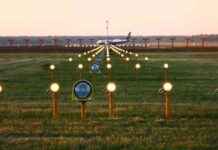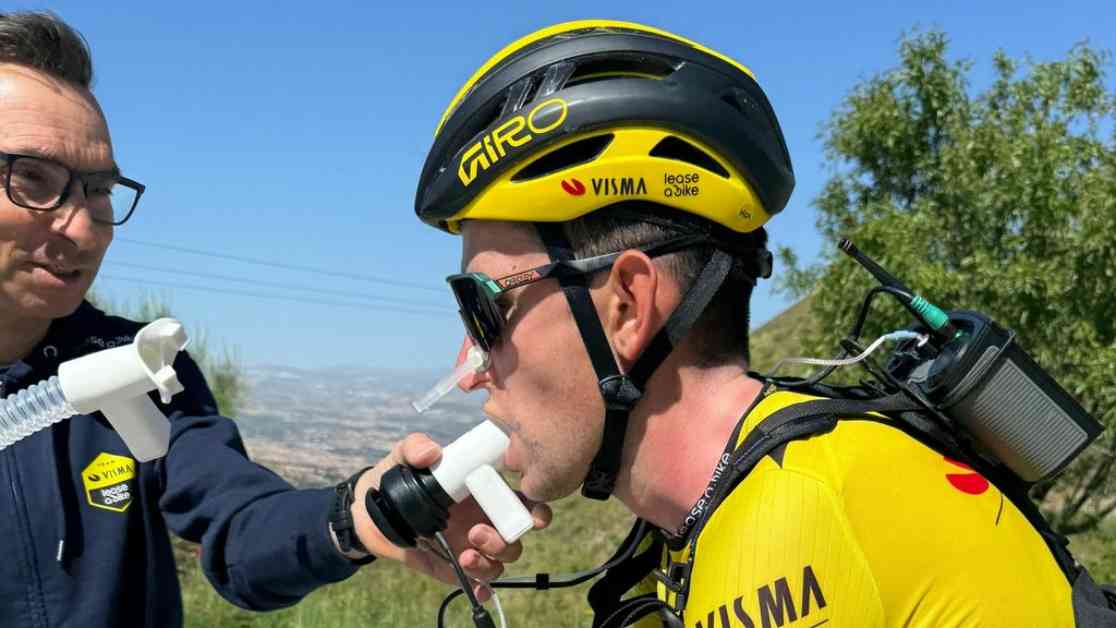He is used to people giggling.
“We are working with interpreters, and it is fun to see the reactions on people’s faces when the interpreter will explain what we are doing,” says Mathieu Groussin, a microbiologist at the Massachusetts Institute of Technology in Boston, USA.
usually come when he takes out his blue plastic jars with white cap and explains that he wants to have as much material as possible, an entire bowel movement.
Mathieu Groussin is one of the initiators of the Global Microbiome Conservancy is to preserve the human intestinal microflora species richness.
so Far, he has been on the insamlingsresor in seven countries: the USA, Finland, Cameroon, Tanzania, Ghana, Rwanda and Nigeria. The next year, continues his tour of Asia. The project includes researchers from 34 countries, including Sweden.
– as the earth’s population to change lifestyle and diet and will also change the intestinal flora, ” says Amelie Plymoth, who is a researcher in medical epidemiology and biostatistics at the Karolinska institutet in Solna.
She cooperates with the project and have their own experience of fieldwork in Ghana.
an enormous biological diversity. A common estimate is that a human being has upwards of ten times more bacteria in your gut than your own cells in his body. And these bacteria contain about a thousand times more genes than the cells of the body. Together works the bacteria as an advanced internal organs.
the intestinal bacteria serve important functions in the body. Among other things, manufactures the vitamins and contribute to immune system development. Photo: Eyevine/IBL
the intestinal bacteria helps the body to build up a functional immune system. Moreover, they facilitate the absorption of nutrients from food and manufactures a variety of vitamins and other substances that affect the body.
dangerous. Species that has followed man through our developmental history in danger of disappearing for good.
Martin Blaser, professor of microbiology at New York University School of Medicine, believes that we who live in the industrialized part of the world has already lost about half of the biodiversity in our gut, which in addition to bacteria, viruses, svampceller and other micro-organisms.
“we have Simultaneously a sharp increase of lots of diseases such as obesity, diabetes, allergies and Inflammatory bowel disease,” he says.
a connection, but the lack of clear evidence in human studies.
According to Martin Blaser is the threats to the biological diversity greater than ever before in our arts history. An obvious factor is antibiotics, which have been in use since the 1940s. On his list of possible reasons artförlusten are also chlorinated drinking water, germicidal detergent, a change in diet with lower content of fibers, and more births by caesarean section.
Microbiologist Mathieu Groussin from the Massachusetts Institute of Technology in processing samples collected in Tanzania in a utomhuslaboratorium. Photo: Christopher Corzett
– Every mammal has from time immemorial been born through vaginal delivery. Now it has been changed. In countries like the Dominican republic, Brazil and Turkey, are born over half of all children through caesarean sections, says Martin Blaser.
childbirth may the child, bacteria from the mother’s vagina and bowel. Research shows that children who come into the world by cesarean section have fewer bakteriarter during their first year of life.
the Question is what it means. What evidence is there that a greater biodiversity in the stomach really lead to better health?
Martin Blaser tells us that children who receive antibiotics during their first year of life are at greater risk than others to later suffer from, including obesity, diabetes and several other diseases. But it does not prove that the problems begin in the intestinal flora. It is entirely possible that something completely different increase the risk of both infections in infancy, and later also for disorders of the metabolism.
the genetic variation of the intestinal micro-organisms – the so-called the microbiome – are at an early stage. A long time it was difficult to study the intestinal bacteria. Most people can only live in an oxygen-free environment and are therefore difficult to cultivate in a laboratory. But with modern technology to read the genetic information needed no crops to identify all the microbes in a stool sample.
During the past decade, the number of scientific articles on the human microbiome have increased exponentially. And nowadays there are hundreds of popular science books on the subject, including cookbooks with recipes of the dishes that will form the intestinal flora, so that it benefits the health.
I bothers me in these books is that they say: eat more broccoli, you change the intestinal flora, and so you will be healthier, ” says Fredrik Bäckhed, professor of molecular medicine at Gothenburg university.
sort out the intestinal microflora role. He does not question that eating more broccoli is healthier, or that large amounts of broccoli can affect the intestinal flora.
“But it is not proven that the good effects come from the intestinal flora,” says Fredrik Bäckhed.
at the same time, he stresses that it very well may turn out that the intestinal microflora properties actually have a direct effect on the health. His own research group has recently reported that the intestinal flora in some people with type 2 diabetes metabolize the amino acid histidine to a substance that interferes with the normal regulation of blood sugar. There may possibly lead to a future treatment is to adjust the intestinal flora.
it will be good to be able to go to a biobank, and locate the appropriate bacteria. Mathieu Groussin and his colleagues have so far isolated 12 000 species from their expeditions around the world. Many are previously unknown to science, and come from populations that preserved a traditional lifestyle in remote locations.
A freezer in Boston, the united states, containing isolated strains of human intestinal bacteria from different parts of the world. Photo: Christopher Corzett
I found in his laboratory in Boston. The goal is that within a few years shall have up to ten times more specific species. Recently started a similar project, but with even greater focus on the distant future.
– We are looking for a place in a politically stable country with low risk for natural disasters and terrorist attacks, ” says Maria Dominguez Bello, professor of mikrobiomforskning with a focus on health at Rutgers University in the united states.
” The Microbiota of the Vault”, a kind of Noah’s ark for bajsprover. She tells us that talks are underway to place the samples on the Norwegian Svalbard archipelago, where there is already an underground warehouse with seeds that will be able to restart the planet’s vegetation after a natural disaster. An alternative placement is in an abandoned armébunker in the swiss alps.
so far, the doomsday vault for bajsprover just an idea, but it has the support of a wide range of researchers. They hope to get together a nest egg in a few billion in order to preserve the biodiversity for all future generations.








